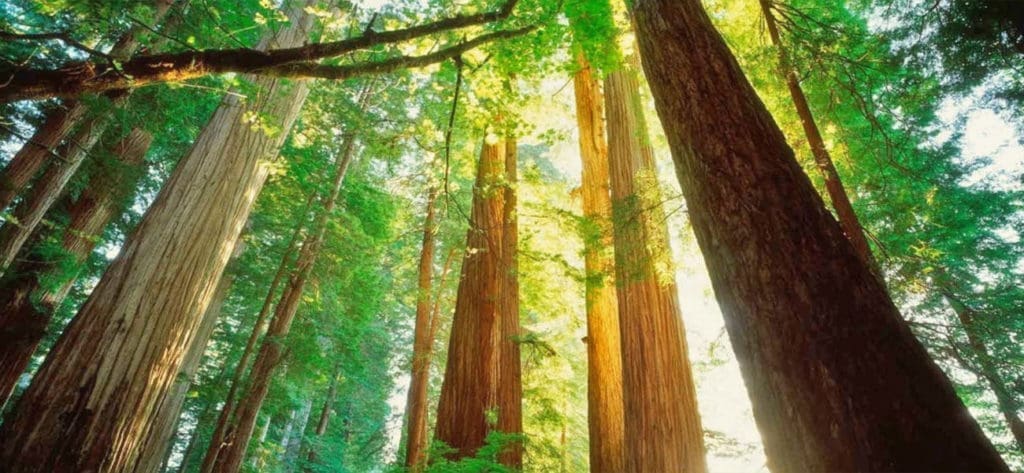Summer 2020, June 2 – August 18
Biodiversity, Symbiosis and Planetary Regeneration: Exploring Nature’s Possibilities for the Future!
Weekly Classes with our staff scientist, Jim Laurie
The Excitement and Inspiration of Science
for the Curious to the Serious and everyone in-between
A fully interactive online adventure with discussions, experiments and explorations for independent thinkers of any age, suitable for high school and college students, as well as inquiring minds of all levels, from beginner to PhD!
Course Description
Humanity is facing many resource limitations and social crises as our populations grow. At the same time, we are learning from biology, ecology, and other sciences how the Earth became very rich in life. This biological diversity has supported the rise of human civilizations for several thousand years, but now the loss of biodiversity has led to the loss of soils, ocean dead zones, and devastating droughts, fires and floods. We are now facing a future of food and water shortages for billions of people.
The Biodiversity, Symbiosis, & Planet Restoration Course course describes how the Earth became habitable for a myriad of microbes, fungi, plants, and animals. It then gives many examples of healthy ecosystems. What do healthy forests, grasslands, rivers and wetlands look like? How did the oceans support such rich fisheries allowing thriving human communities to grow in places like New England?
The course then shows how these great supportive ecosystems have been degraded often to the point of collapse by human activities. The good news is that these systems are resilient and in recent decades we are learning how restore even devastated systems to health. The path to restoration requires knowledge of fundamental processes including energy flow, the water cycle, the carbon and nitrogen cycles, and basic food webs within these ecosystems.
Here are typical questions that this course will focus on.
- How can we rethink agriculture and regenerate the soils we have lost? Can we still be profitable and productive in our effort to feed humanity and all species?
- How does nature clean contaminated water and then use it to enliven even the driest of habitats? What is the small water cycle and why is it important to reverse global warming?
- Why are wetlands so important? What species are critical to rehydrating continents and averting the water crisis?
- How can we restore hundreds of ocean dead zones to healthy systems full of fish and shellfish? What species are critical to rebuild the ocean food webs?
- What is the microbiome inside our bodies? How does it help the immune system to keep us healthy? Describe some similarities between human physiology and planetary physiology?
- How can we reverse the “Deserts on the March” and bring back rich grasslands with herds of grazing animals contributing lots of dung and urine?
- What is the role of mycorrhizal fungi? Why are they critical to the fate of civilizations?
- How do trees, fungi, and microbes communicate in a forest to make better decisions about the use of resources and improving forest health?
Possible Class Topics (12 classes)
- Earth Science: Geology & Chemistry Basics
- The History of 5 Kingdoms of Life on Earth: Evolution, Extinctions, and Recoveries.
- Life on the Seacoast and in the Oceans: Role of fisheries in New England’s history.
- Forests: How life became successful on land? Lichens to Redwoods
- Grasslands: How the co-evolution of grasses and grazing animals cooled the planet.
- Wetlands, Lakes and Rivers: Nature’s many efforts to slow down the water cycle.
- Agriculture – Part 1: Consequences of Chemical Agriculture
- Agriculture – Part 2: Regenerative Agriculture to build soils while making a profit.
- Feeding the Microbiome: How the microbes in our gut can strengthen our immunity.
- Restoring the Urban Landscape: Cities that grow food, clean water, & nurture wildlife.
- Restoring the Oceans to Health: Restarting New England’s fisheries & coastal economy.
- Summary: How can we create a healthy planet in our lifetime? (Scenario 300 – by 2061)
Books: (Possibilities.)
The Hidden Half of Nature: The Microbial Roots of Life and Health by David Montgomery & Anne Biklé, W.W. Norton, New York, NY, 2016
Healing Earth: An Ecologist’s Journey of Innovation by John Todd, Chelsea Green, White River Junction, VT, 2019
Water: A Natural History by Alice Outwater,, Basic Books, New York, NY, 199
Cows Save the Planet: and Other Improbable Ways of Restoring Soil to Heal the Earth by Judith D. Schwartz, Chelsea Green, White River Junction, VT 2013
The Edge of the Sea by Rachel Carson, Houghton Mifflin Company, Boston, MA 1955



